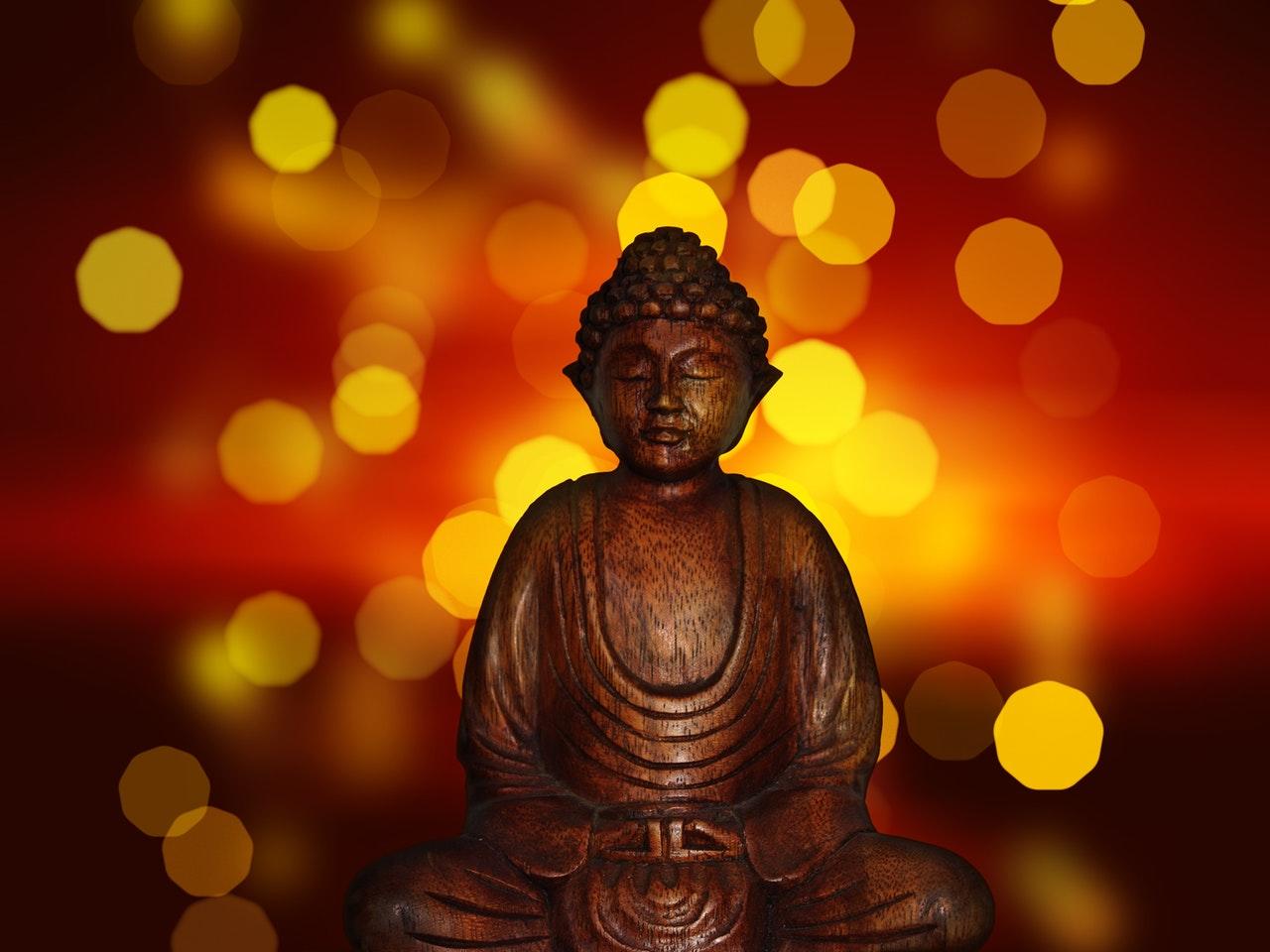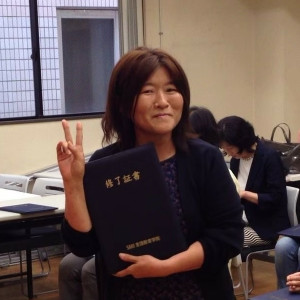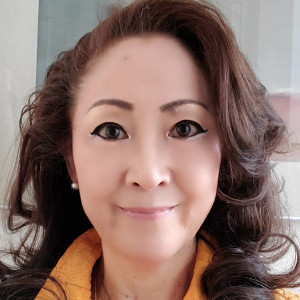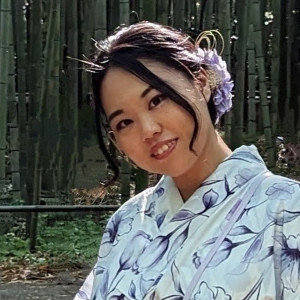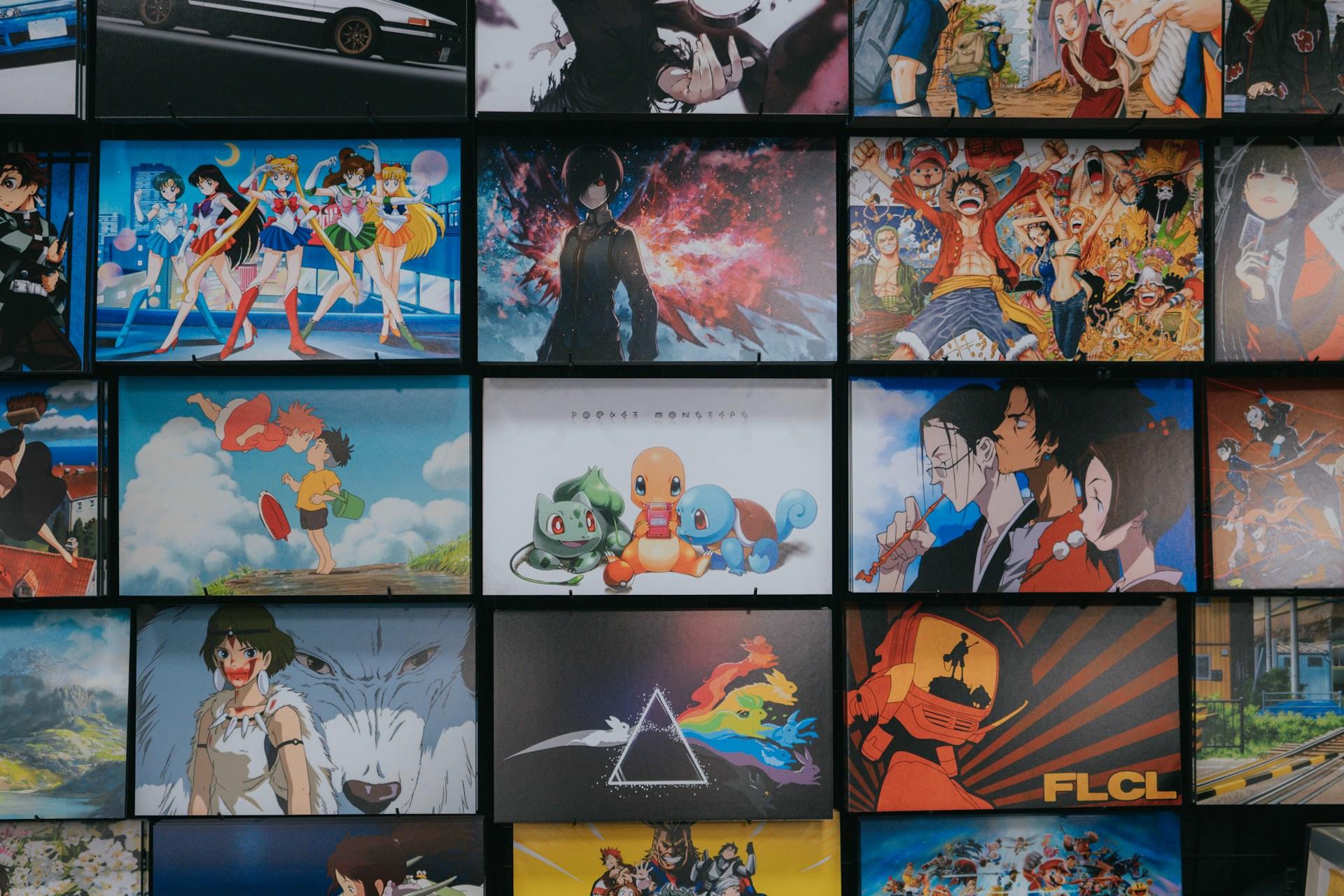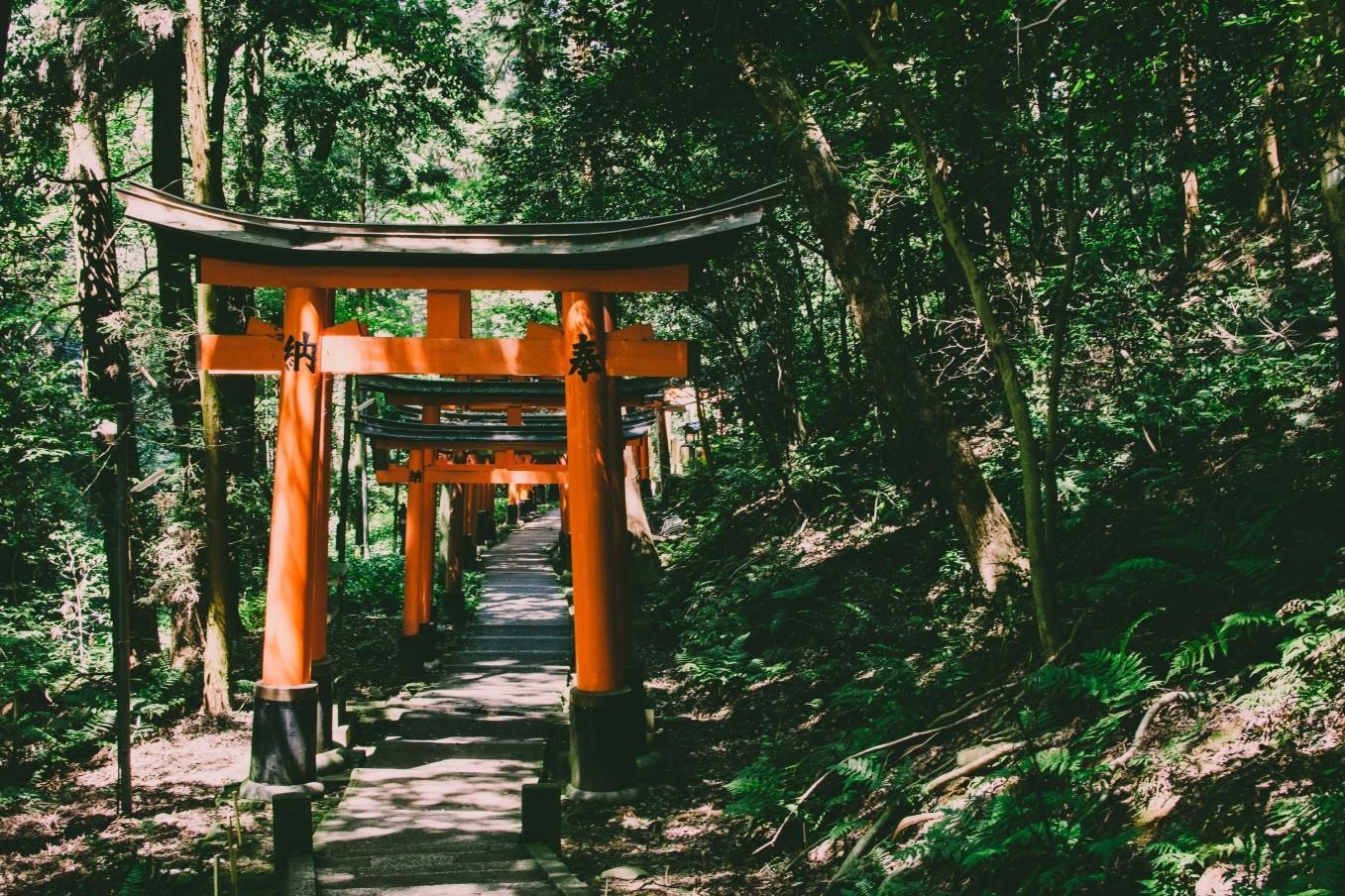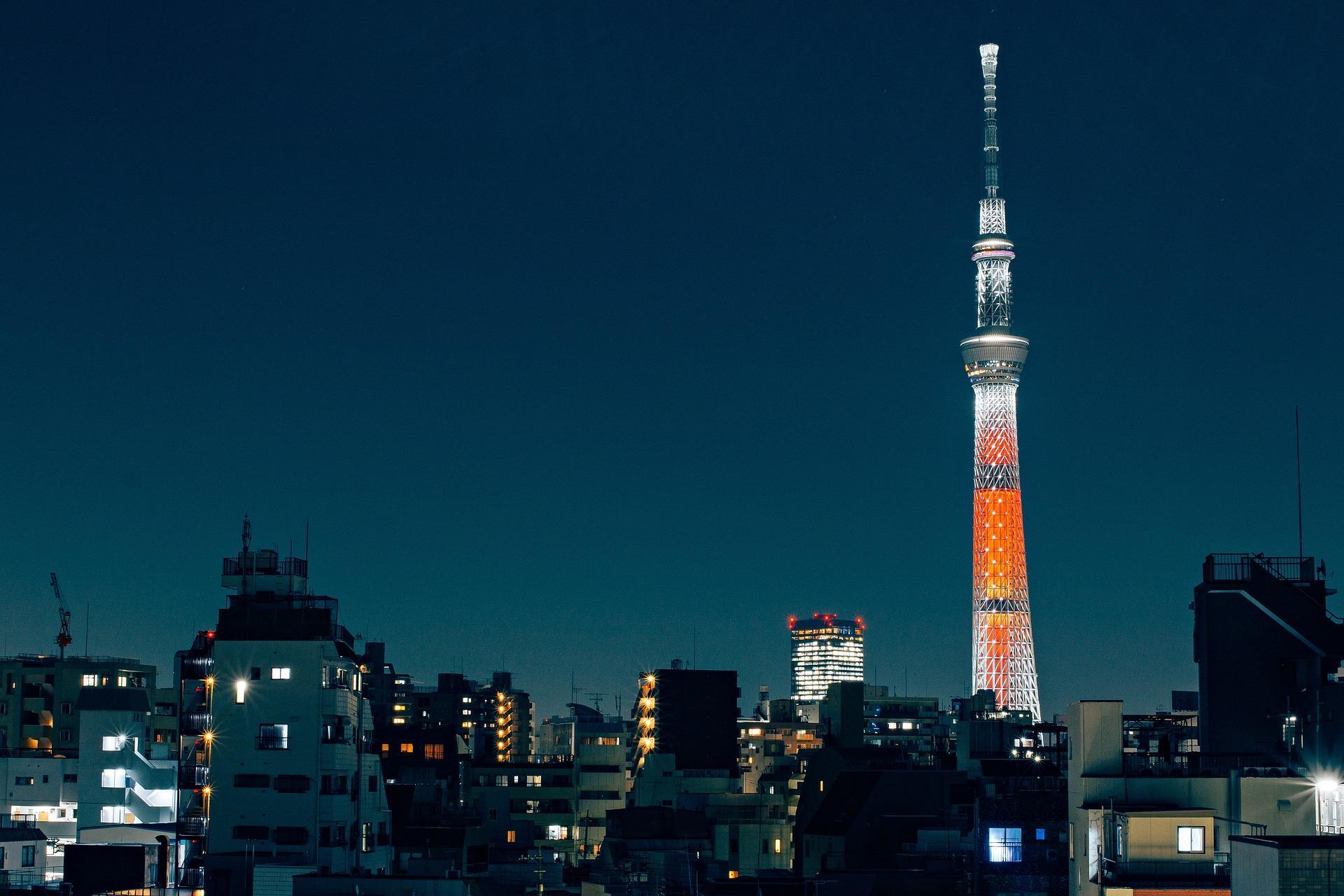"Even an ant's thoughts reach the sky". - Japanese proverb
This Japanese proverb is a very hopeful one! What if the sky meant learning the complex Japanese language...?
How can one learn the language, which, according to almost everyone, is complicated or even deemed unapproachable?
Superprof wants to give you the keys to learning Japanese!
But before embarking on a Japanese course learning odyssey, let's focus on Japan, its traditions, its history, and its impact on the world.
Looking at manga, video games, economy, literature, and calligraphy, we will show you that the Japanese language is as majestic as the white peaks of Mount Fuji...

The Great History of the Japanese Language

120 million people! This is the number of individuals who speak Japanese. They are also called yamato.
This makes the Japanese language the 11th most spoken language in the world!
According to some sources, the birth of the Mishima language dates back to the very ancient date of 40,000 BC, when the Japanese archipelago was occupied by people who spoke Japanese.
Like many languages, Japanese was first transmitted orally. It was not until the 4th century AD that Japanese was finally written down.
Its writing was inspired by Chinese characters. The contribution of writing in the Japanese language was made possible by Chinese Buddhist monks.
It was not until the Nara period (8th century) that the Japanese people found a new way of using Chinese characters: they borrowed the sound of the Chinese character and removed its meaning.
This is the creation of the character called "manyogana." It allows us to write the text in the order of the spoken Japanese words and ensures correct pronunciation.
The Origin of katakana and hiragana
At the time of Heain, men of the upper classes wrote two kinds of texts: Chinese texts and Japanese texts, using Chinese characters.
At first it was a method to facilitate the reading of texts in Chinese. These men begin to add manyogana notes between the lines.
From time to time the characters of the manyogana are abbreviated and only one part is written down. This is the origin of katakana, one of the two Japanese syllabic alphabets.
The second alphabet is called hiragana. The words transcribed in hiragana are of Japanese origin.
The Origins of the Graphic System in Japanese
As we have previously seen, there are several writing systems in the Japanese language.
But this is not the only quirk of this extraordinary language.
For example, there are as many signs in Japanese as there are in Chinese. They are divided into 4 parts:
- 2000 kanji identified by the Japanese government and taught to children at school, of which 99% of newspaper articles, for example, are written with,
- Then hiragana (50 signs),
- The katakana (also 50), phonetic alphabets (a, i, or, è, o, ka, ki, kou...),
- And the romajis, which represent the Japanese language written in Roman letters.
But what are the kanji, the hiragana, the katakana?
Kanji
Etymologically, the word kanji, comes from classical Chinese and means "character of the Han dynasty."
In their first year of primary school, Japanese children learn kanji. Kanji are generally used to write the root words.
All kanji is characterized by a set of pronunciations and meanings, as well as a form, also called "frames" in Japanese.
The study of kanji requires a lot of work.
Indeed, for each kanji, you have to memorize:
- The drawing of the features of the kanji: the order and the manner of drawing these features are important,
- The number of strokes,
- How to use and combine this kanji with other kanji.
Yes, it's a bit complicated...!
The Hiragana

The hiraganas, which means "smooth kanas," are a Japanese syllabary and one of the three Japanese scripts along with katakana and kanji.
The hiragana allows us to write:
- Japanese words that do not match any kanji,
- Grammatical particles,
- The furigana, that is, Kanji pronunciations.
Hiragana are simplified forms of Chinese characters.
Designed to be learned and traced more easily, they were once called onnate (women's hand).
Katakana
Katakana, meaning fragmentary kana, is one of the two syllabaries used in Japanese, as are hiragana.
Katakana are signs corresponding to syllables (ka, ki, ku, ke, ko...).
They are used in Japanese to transcribe foreign words, foreign names, the scientific names of plants and animals ...
They are therefore simplified forms of Chinese characters, as are hiragana. They were created to make Japanese writing accessible to those who do not know Chinese writing.
Romaji
The romaji refers to the characters of the Roman alphabet used in the framework of Japanese writing.
They aim to:
- Remedy technical incompatibilities when traditional characters are not available (web addresses),
- Enter texts from a Latin keyboard,
- Transcribe Japanese names for Westerners: road signs, the names of train stations and metro stations ...
In 1591, the first Japanese book written in romaji is a religious book written by the Portuguese Jesuit Alessandro Valignano.

The Japanese Language Across the World
The Land of the Rising Sun with its super-megalopolis and beautiful landscapes attracts thousands of tourists every year. The Japanese language plays a very important role in the exchange of Japanese stocks.
The Japanese language has been exported to the world and is the reason some foreigners wishing to settle in the land of sushi, manga, zen attitude, and the art of politeness.
Japanese, spoken mainly by the island's natives, is also spoken by inhabitants of South Korea and Taiwan!
Japanese is also a vector of Japanese culture. Here are 3 examples of how the Japanese language gets exported to the world.
Reading Manga and Perfectioning Your Japanese!
Manga remains one of Japan's most economically and socially profitable exports.
For example, North America is one of the world's most manga-buying countries with an estimated value of $ 300 million of exported products. A sum that makes you dizzy, perhaps.
Thanks to the export of manga, the Japanese language has spread from country to country.
Invented by the cartoonist Katsushika Hokusai, the term manga literally means "derisory image." Because of their writing style, the Japanese have a close relationship with drawing from an early age.
When a manga is successful, it can be adapted for television. The most popular mangas have over 200 episodes of about 26 minutes per episode.
Japanese Cinema: Learn Japanese Thanks to Cinema in Japanese
Currently the world's 3rd biggest movie industry based on the number of films produced every year, Japanese cinema is also a vector of linguistic export.
To have fun while learning the Japanese language, you can watch a movie made in Japan in the subtitled version or for those who have a good Japanese level, in the original version.
The first Japanese star was an actor Matsunosuke Onoe, who appeared in nearly a thousand films between 1909 and 1926. The first recognized actress was the ballet dancer Tokuko Nagai Takagi.
More recently, actors such as Hayao Miyazaki, Takeshi Kitano, and Hiroyuki Sanada have made themselves known via American series.
Grammar, Syntax, and Politeness: the Specificities of the Japanese Language

It is true that we often hear that the Japanese language is inaccessible because it is too difficult to learn.
At Superprof, we don't agree, and don't want to be pessimistic! Yes, the Japanese language is difficult, but like all languages, it can be learned.
Here is a small list of mishima language rules:
- There is no verb to describe a state-of-being such as the verb "to be" in English. Instead, the Japanese use a tool that expresses the nature of a thing by adding the hiragana character to a name.
- In Japanese, there are only two tenses: the accomplished and the uncompleted.
- There is also a precise vocabulary. For example, how do you say hello in Japanese? Like in English, the Japanese uses a word of courtesy according to the time of day: morning: Ohayô gozaimasu, afternoon: Konnichiwa and evening: Konbanwa
Japanese Language and Politeness
Grammatically, politeness, also called keigo, is marked in Japanese by the verb form and the use of the honorary form of words.
The choice of vocabulary and the subject are very important elements.
Beware, the Japanese are very careful about politeness, even towards tourists.
To learn Japanese is to learn its subtleties so that you can fit into your host country!
Japanese Grammar on Video
Sites like Digischool or Kandjilink.com offer Japanese courses online.
It's a good way to learn the language of the Land of the Rising Sun. The courses are less academic and the pedagogy is varied and adapted.
Thanks to songs, games, and little video clips, you will be able to:
- Learn the basics of Japanese,
- Revise Japanese vocabulary,
- Improve your accent.
Japanese Language and Its Calligraphy
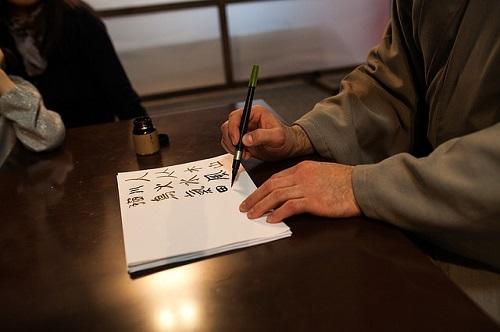
The tradition of calligraphy is also called Shodô and was invented and developed in China. It was then exported to Japan around 710.
Japanese calligraphy is an art of writing that uses Japanese characters to create aesthetically beautiful and emotionally relevant work.
Calligraphy, very popular with the elderly Japanese, allows people to relax and refocus on themselves.
Beware! You cannot make mistakes.
In a Japanese class in NYC, if you practice calligraphy, you must be very attentive and rigorous. The smallest detail can cost you to start all over.
The national shodô high school championship - the true Grail of shodô clubs in all high schools in Japan - is a big event that brings together thousands of spectators and calligraphy fans.
The Influence of the Japanese Language Through its Culture
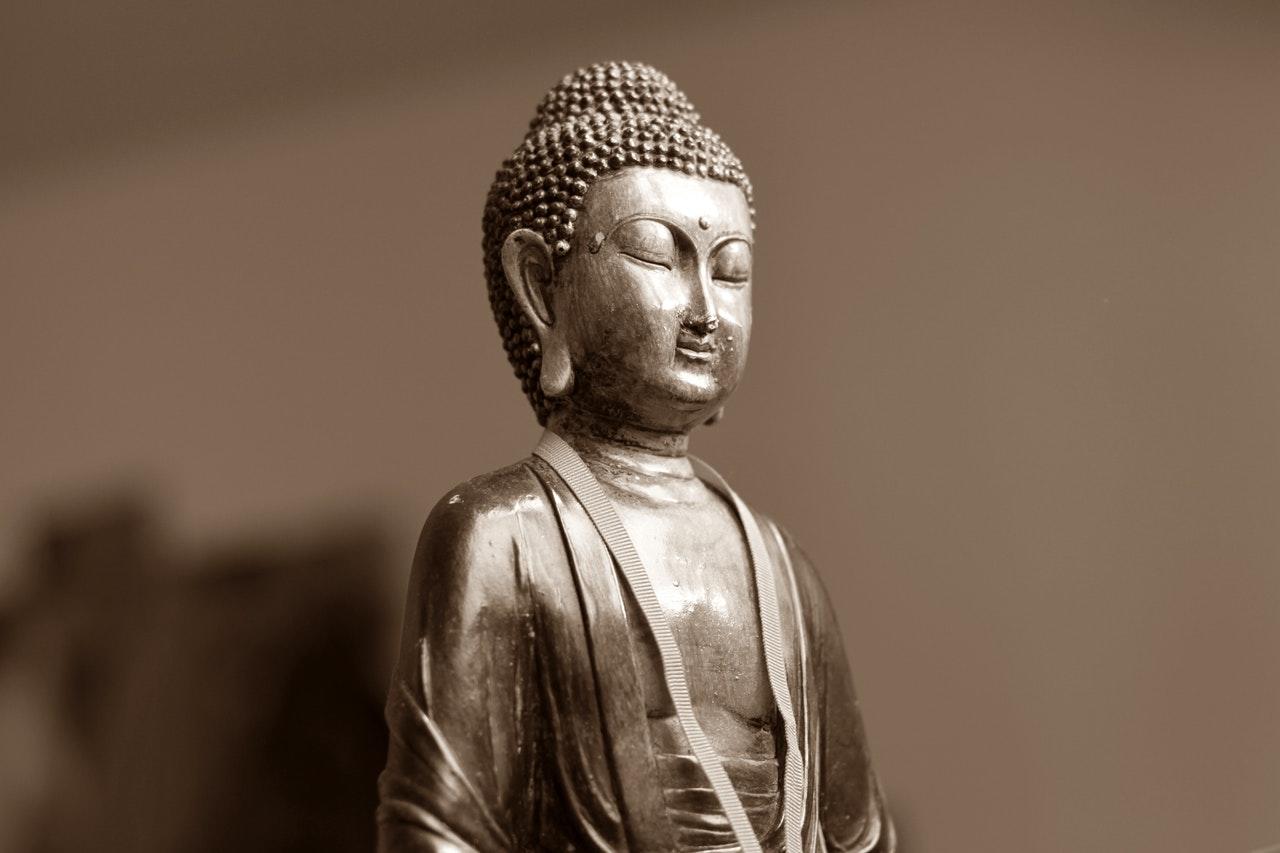
Video Games to Learn Japanese
In 2014, the Japanese video game market amounted to 6.38 billion euros.
According to an estimate by American analyst App Annie, the gaming market in Japan has experienced about a 50% annual growth in 2015.
Japan is the cradle of three major manufacturers in the world of video games and consoles:
- Nintendo,
- Sony
- And Sega!
Since the 1980s and the integration of video games with the youth of America, kids were able to learn a vocabulary very specific to video games.
They were able to get acquainted with some hiragana, kana, and katakana...
Haiku: The Little Poem
The haiku is a Japanese form of poetry that makes it possible to note emotions of amazement and surprise.
It is a very concise form, with seventeen syllables divided in three verses (5-7-5).
There are haiku taikai competitions on a given theme organized by major Japanese companies or institutions.
Those who win usually see their haikus published. It is not uncommon to see more than 10,000 participants!

